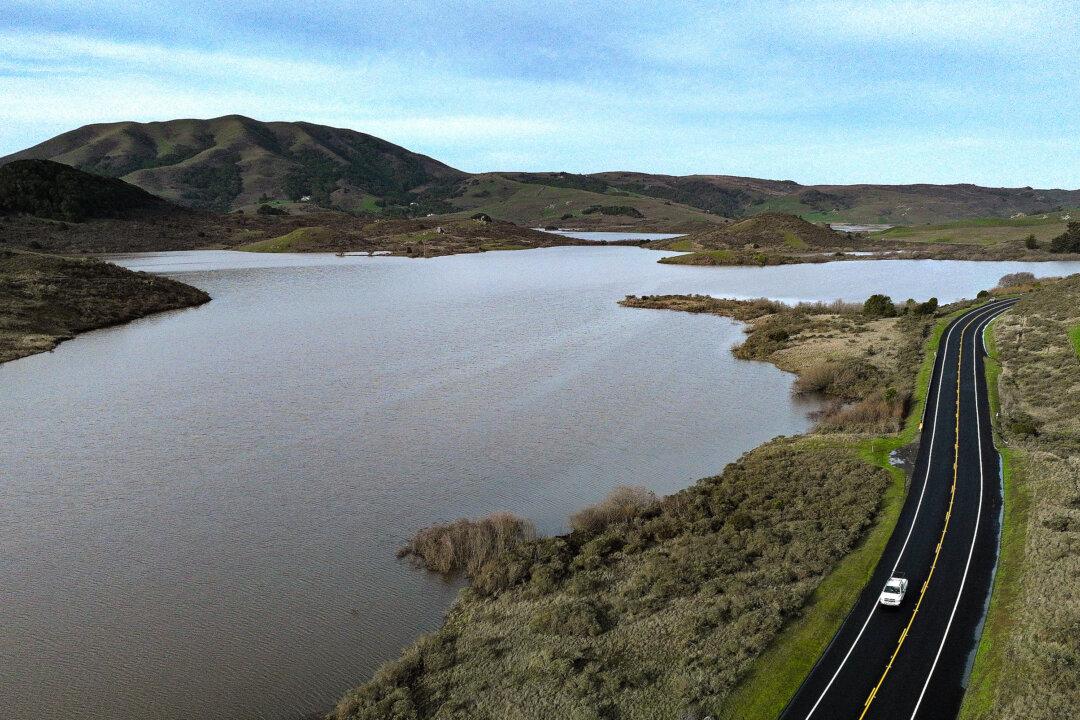California has been grappling with one of the longest droughts in its history for nearly three years, and the state is finally seeing a ray of hope.
The recent winter storms that hit the Golden State from December 2022 until March have resulted in almost complete eradication of drought conditions, according to the latest data from the U.S. Drought Monitor. The April 11 update, published on April 13, comes as the state has been under strict drought regulations for years.





